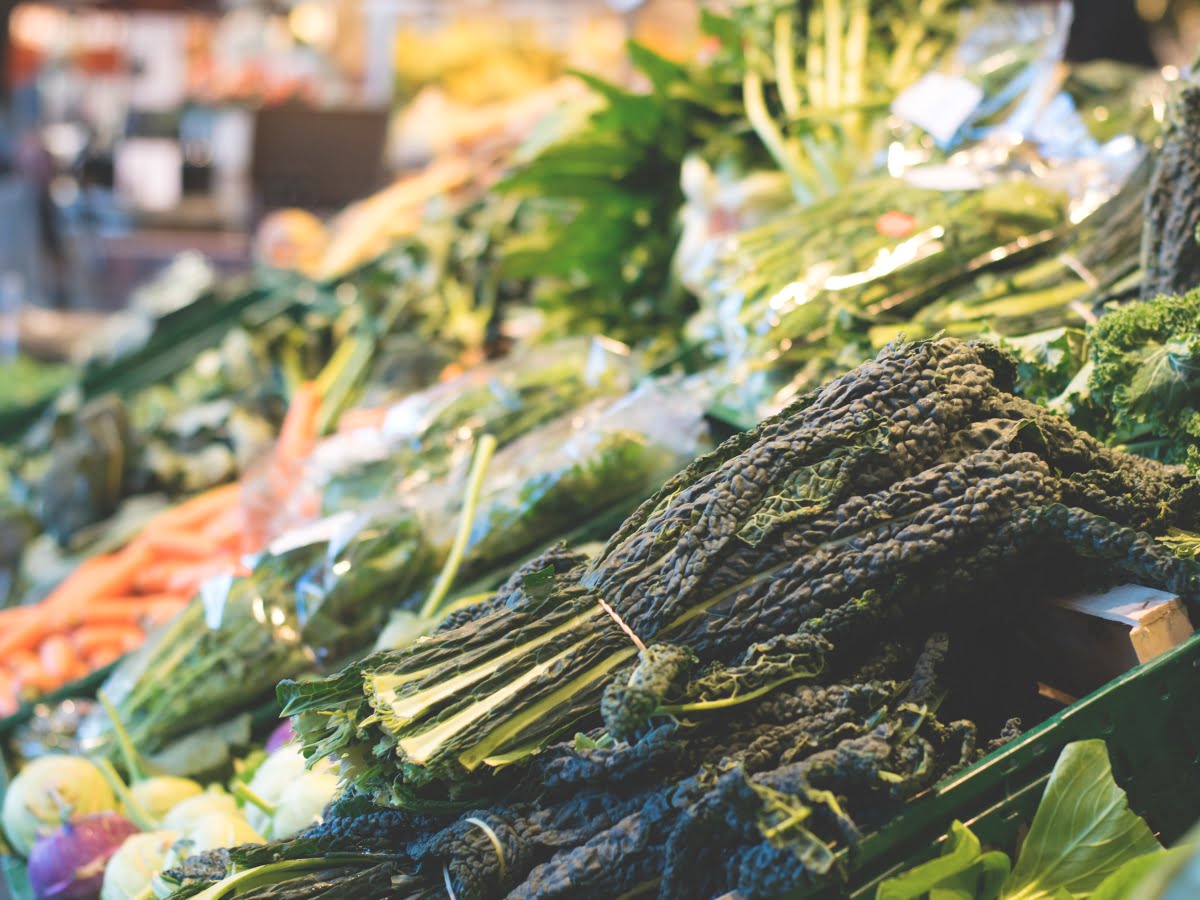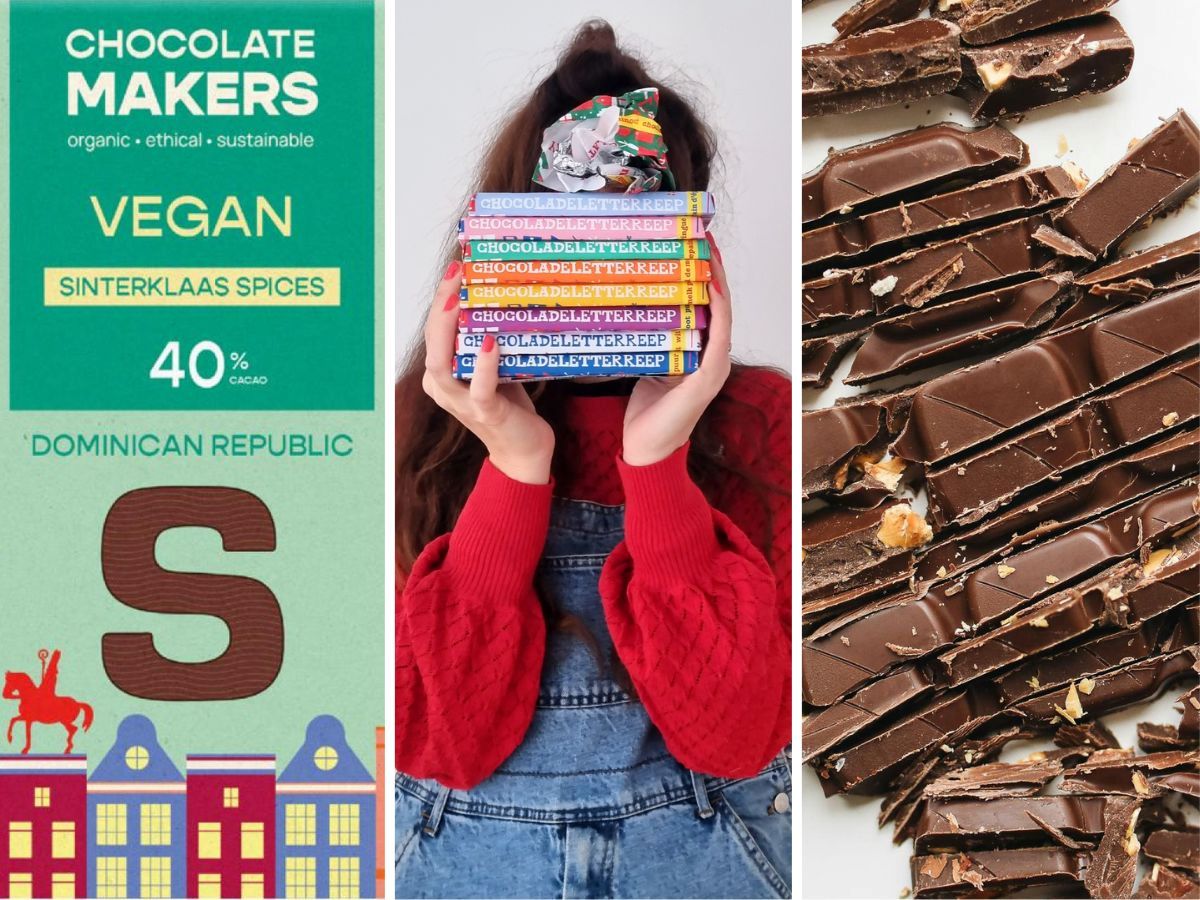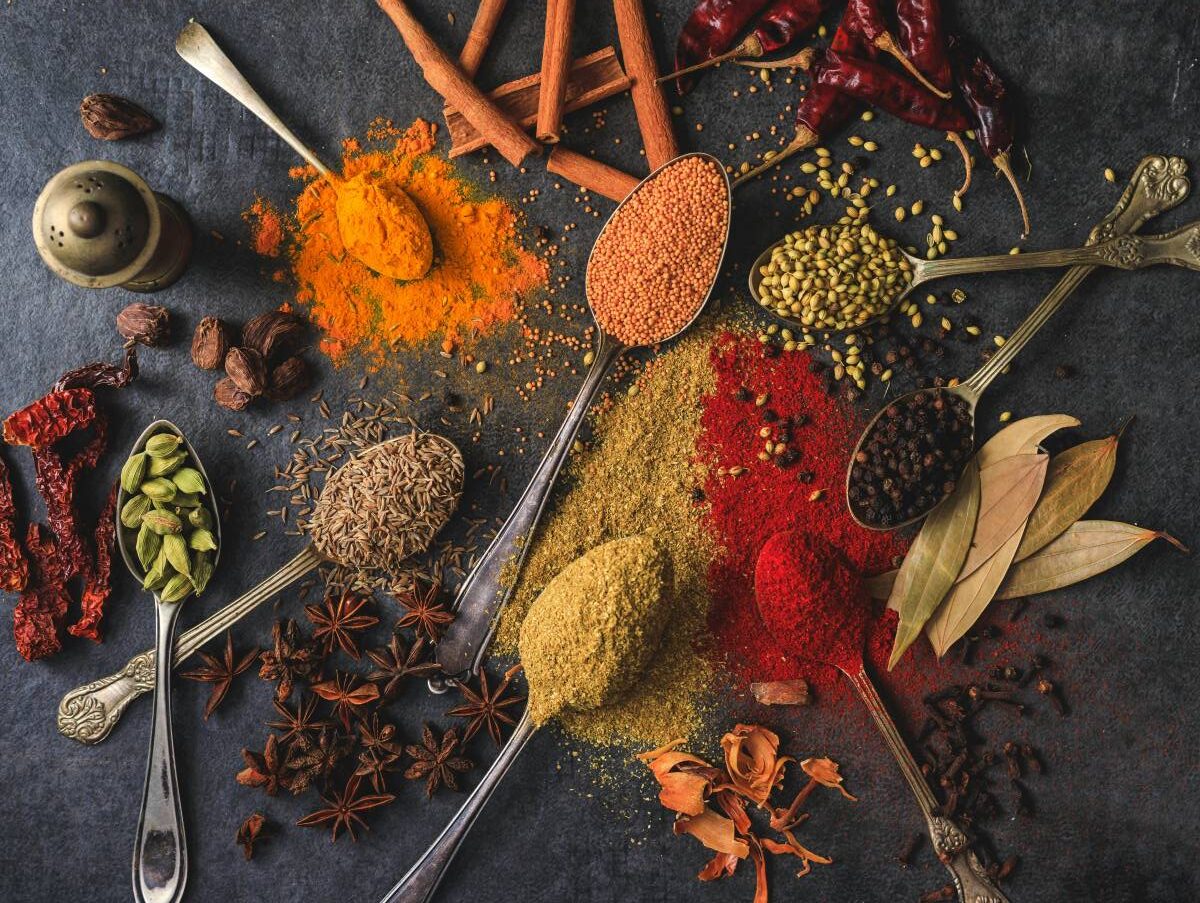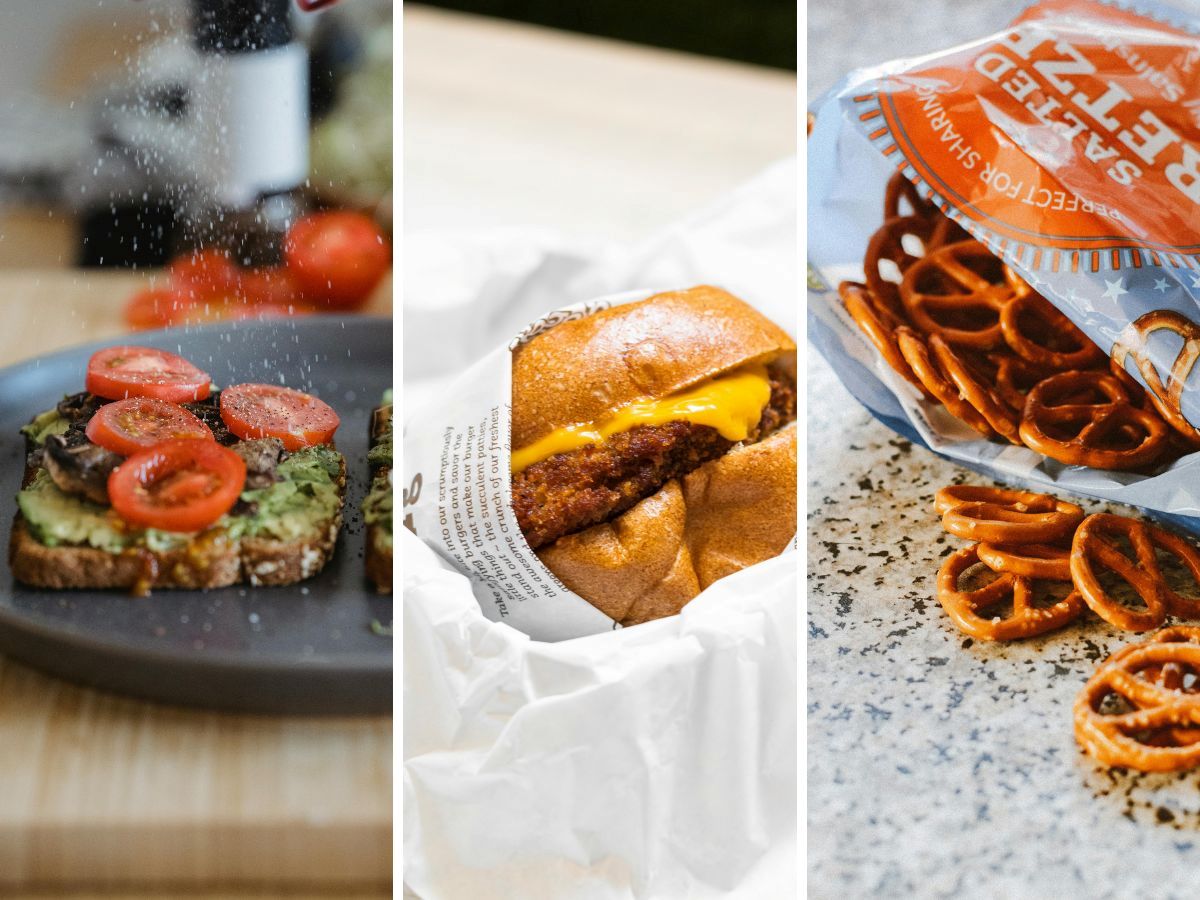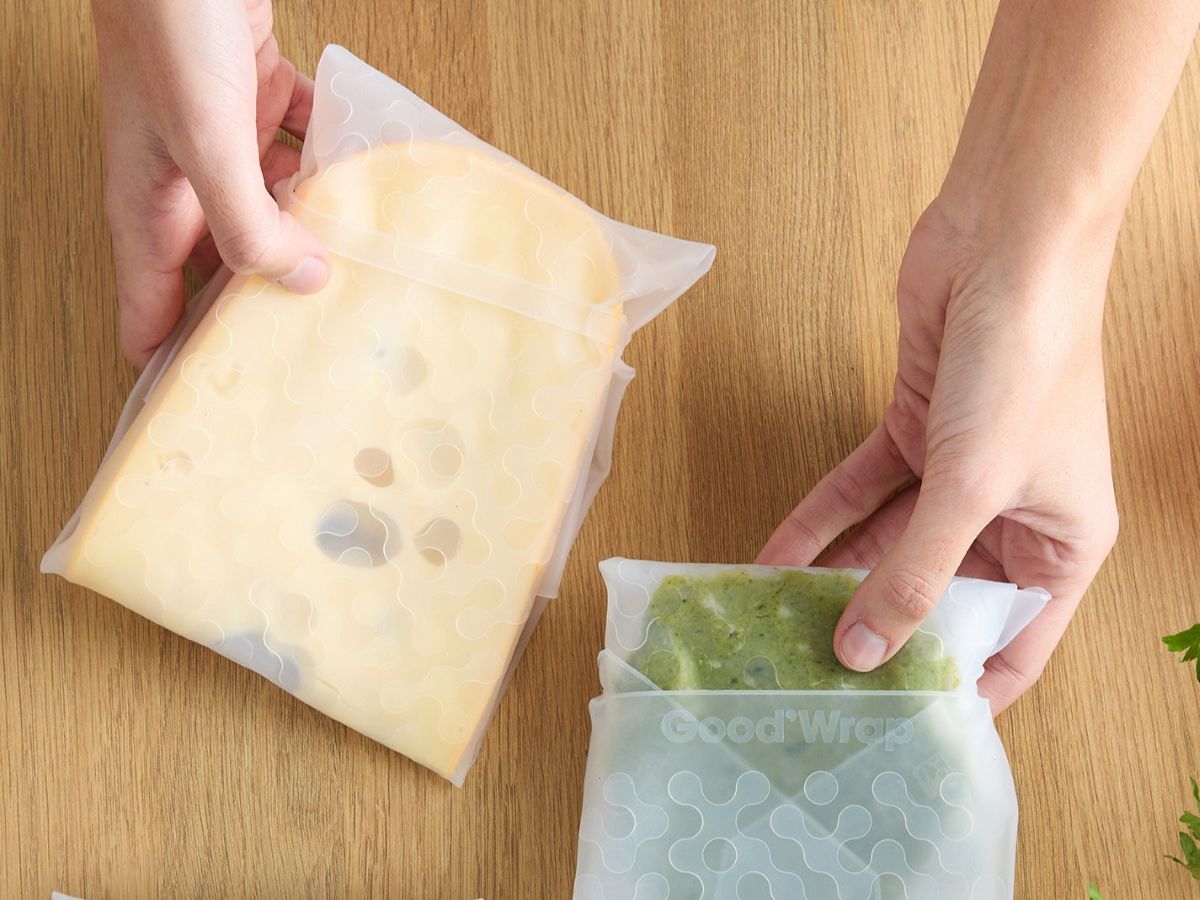We hear it often: eating fresh fruit and vegetables is healthy. But how fresh is the fruit and vegetables found in the shops really? Even in the winter months, when not much is growing and blooming in our cold little country, the supermarket shelves are full of fresh fruit and vegetables. Some of this is imported, but some also comes from the Netherlands. So Dutch producers have found a way to preserve fruit and vegetables for longer periods of time. How do they do this? And what is the impact of this on the environment?
How are fresh fruit and vegetables stored?
If you frequently buy fruit and vegetables from the Netherlands, you may have noticed that fresh fruit and vegetables are available during the winter months that cannot actually be harvested at that time. Take Dutch apples, for example. These are available all year round, while the harvesting season runs from August to November. How do producers do it? An apple with peel can be kept at room temperature for about three to seven days and in the fridge for up to a month. So there is another way, other than just refrigeration, that fruit and vegetables keep longer.


Hibernating fruit and vegetables
Fruit and vegetables breathe and ripen. But if it ripens for too long, it decays. Of course, we would all prefer to have fruit and vegetables on our plates as soon as possible after harvesting, but this is not always possible in practice. Especially in a country like the Netherlands with cold winters, in this case the choice of vegetables in winter would be very limited and fruit would not be available at all for several months. Fortunately, there are handy inventions that can give us a helping hand. In fact, there are ways to keep fruit and vegetables much longer by stopping their breathing. This pauses the ripening and ageing process. The fruit or vegetable is then actually put into a kind of hibernation. There are two common ways to keep fresh fruit and vegetables fresh for much longer:
ULO custody
ULO stands for Ultra Low Oxigen. In ULO preservation, oxygen levels are reduced. This halts the ripening process. Besides the oxygen content, the temperature in the room is also adjusted. ULO storage is well suited for storing hard fruits, such as apples and pears. In this way, it is possible to preserve apples for up to a year after harvest.
CA custody
CA stands for Controlled Atmosphere. CA preservation goes a little further than ULO preservation. As in ULO preservation, oxygen content and temperature are adjusted. In addition, with CA storage, ethylene and carbon dioxide levels can also be adjusted. This method of preservation is mainly used for fragile soft fruits such as berries and cherries. This way, fruit can be preserved about two to four times longer without the need for chemicals.



ULO/ CA custody at van Amerongen.
Advantages of ULO or CA storage for fruit and vegetables
Not only fruit is preserved this way, but also vegetables such as asparagus, cabbage and onions, for example. There are a number of advantages of these modern ways of preservation. If only the air is adjusted, no chemicals get on the fruit or vegetables. For example, chemical sprout inhibitors were often used to preserve onions before, but with CA preservation, this is no longer necessary. It also allows the fruit or vegetables to be protected from pests without the need for chemicals. Finally, it is a good way to prevent food waste before the fruit or vegetable reaches the consumer. Suppose Dutch apple farmers have a good harvest in autumn, this way they can supply consumers with Dutch apples for months. Flavour and quality are also preserved.
Disadvantages of ULO or CA storage for fruit and vegetables
Of course, there are also drawbacks to storing in special airtight cold rooms. It is life-threatening to enter a ULO or CA cold store. Because the oxygen content in these cells is so low, you can faint from lack of oxygen without noticing it beforehand. If you stay in the room for too long, you can die due to oxygen deficiency in the brain. It is therefore strictly forbidden to enter these cold rooms and should be avoided by special interlocks and warnings. Still, it happens that (foreign) workers die due to incompetent handling.
Another disadvantage is that these special cold rooms cost electricity. Of course, you might wonder how sustainable an apple is that has been in a cold store for months. Unfortunately, there is no ready-made answer to this question. It depends on many factors, including what kind of electricity is used for cooling. Is this green power or does it come from an old coal-fired power plant? The share of renewable energy in the Netherlands is getting bigger and bigger and this is obviously a good development.
It is not easy to compare fresh fruit and vegetables in terms of sustainability. This is because several factors come into play. With imported fruit or vegetables, factors such as distance and means of transport play a big role. Food transported by aeroplane is the most polluting. Transport by truck is more sustainable than by plane. But because it takes longer, these trucks also need refrigeration, which of course consumes energy just as much. There are even trucks that have CA storage systems.


Left: with CA storage, germination inhibitors are no longer needed to preserve onions (Photo: Paul Magdas, Unsplash). Right: pears in a ULO cold store (Photo: van Amerongen).
What other ways do producers use to keep fresh fruit and vegetables fresh for longer?
Besides storing in protected cold stores, producers have other ways of keeping fruit and vegetables fresh for longer. For instance, it is possible to modify the air in the packaging. This is also called modified atmosphere packaging or protected atmosphere packaging and is indicated on the packaging. Here, for example, the oxygen and carbon dioxide content can also be adjusted, so that fruit and vegetables stay fresh longer than in normal packaging.
Besides, or sometimes in combination with, ULO and CA preservation, (chemical) ripening inhibitors are also used to preserve fruit and vegetables for longer. Unfortunately, as a consumer, you cannot see what all happened to the fruit or vegetable before it reached the supermarket, as producers are not obliged to disclose this. If you want to avoid chemicals that have been used, choose organic fruit and vegetables.
Frozen and canned vegetables as a healthy and sustainable alternative
If you want to enjoy Dutch fruit and vegetables outside the open-grown season, the freezer is a good alternative. This is because frozen vegetables are frozen immediately after harvest, which means they are often “fresher” than vegetables that can be bought straight from the shop. According to Milieu Centraal frozen vegetables are a sustainable alternative and, according to the Nutrition Centre frozen vegetables are just as healthy as ‘fresh’ vegetables. The same goes for canned or jarred vegetables, although these often have the disadvantage of added sugars and salt.
Are there still fresh fruit and vegetables in the supermarket?
In summary, producers have found several ways to preserve fruit and vegetables for longer. This is nice for us as consumers, because otherwise the shelves in the fruit and vegetable department would look empty during the winter months. Of course, it would be nice for consumers to know how long and in what way that juicy apple or crisp carrot has been preserved. After all, this is currently not visible. If you want to reduce the environmental impact of your choice, you can pay attention to which fruits and vegetables are currently in season. We have also picked that out for you on a month-by-month basis. Other than that, I wouldn't worry too much about it, because plant-based food has much less negative impact on the environment than, say, meat anyway.
More sustainable tips from thegreenlist.nl
- What about the impact of packaging? Check out the truth about plastic packaging here.
- Do you also want to preserve fruit and vegetables at home for as long as possible? Then read here which fruits and vegetables to keep in the fridge and which are better not.
- Don't have much time to spend in the kitchen but want to get your share of fresh vegetables? Juice's vegetable juices are healthy, tasty and sustainable.
Sources: Nutrition Centre On preserving apples, Food&Agribusiness On fruits and vegetables in hibernation, Verwoert Fruit On preserving fruit, Van Amerongen On storing onions, NedCool On pest control by ULO custody, Nutrition Centre about store under protected atmosphere, Flanders Food On maturation inhibitors, book: The hidden impact by Babette Porcelijn. Photo credits: main image: Lumn (Pexels), crates of apples: Maria Lindsey (Pexels), groceries: Tara Clark (Unsplash), onions: Paul Magdas (Unsplash), other photos CA/ ULO custody: van Amerongen.

